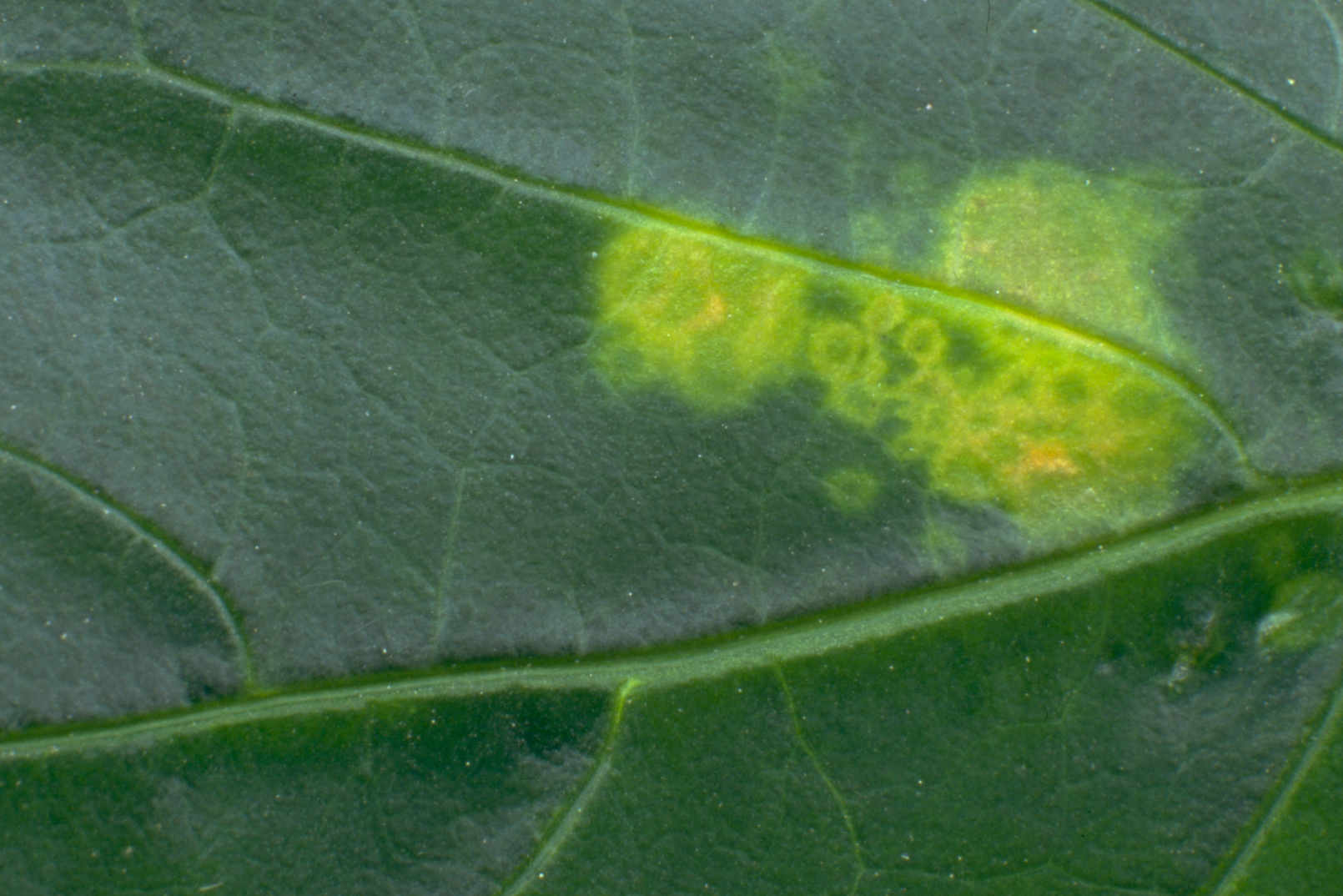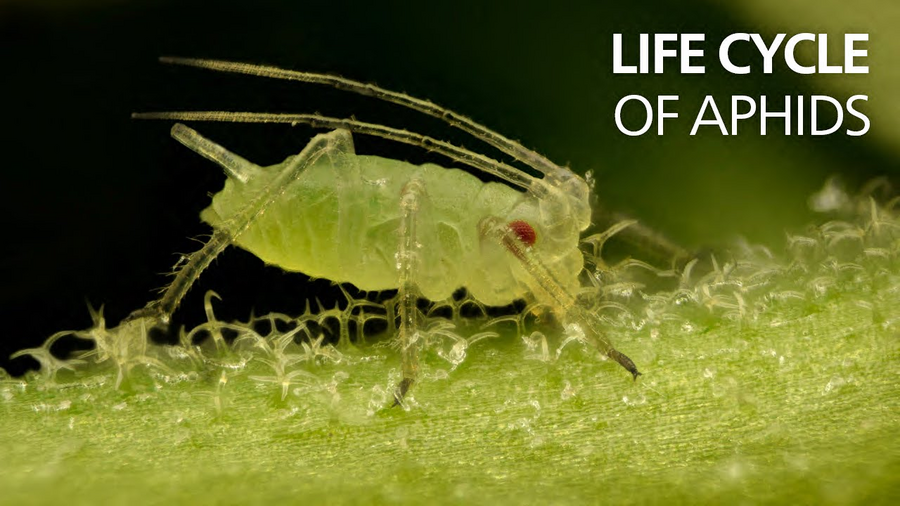General
The glasshouse potato aphid (Aulacorthum solani) is a native European species of aphids, seriously affecting crops of sweet pepper in particular. These aphids further affect ornamental crops, such as begonia, as well as potato, lettuce, beans, aubergine and sometimes tomato.
Life cycle Glasshouse potato aphid
Aphids have a complex life cycle, with both winged and wingless forms of adults and a great variety in colour. When reproduction is asexual, the young aphids are born as developed nymphs. They immediately start to feed on plant sap and grow rapidly. When reproduction is sexual, the aphids lay eggs that overwinter. In greenhouses reproduction also takes place by parthenogenesis, with unfertilized viviparous females continuing to produce new generations of females. Aphids moult four times before reaching adulthood. With each moult they shed white skin, betraying their presence in the crop. The wingless adult stage of the greenhouse potato aphid is rather squat, of medium size (1.8 - 3.0 mm long) and oval in shape. It has a light yellow-green to brown-green colour, and has an overall shiny appearance. Antennae are marked by a number of darker bands, and their length exceeds that of the body. The legs are also long, there are two distinctive dark green spots on the abdomen at the base of the cornicles. Alate (winged) females are yellow-green, with a brown head, a dark thorax and a dark abdomen that has pale to dark transverse bands. The body shape is similar to wingless females, but is 2.0-3.0 mm long. The glasshouse potato aphid manifests both anholocyclic (no eggs are laid) and holocyclic (winter eggs are produced) lifecycles. There is no alternation of hosts, and the two types of life cycles occur on the same host plant. The aphid can overwinter not only in greenhouses, but also outdoors in sheltered places.
Damage symptoms
When the glasshouse potato aphid (Aulacorthum solani) pierces the leaves or the fruit of sweet pepper it secretes a toxic substance, which leads to deformations in the growing tip of the plant. Precisely where the plant is pierced is unimportant. The piercing of the lower leaves in the crop can cause deformed growth above with lumpy leaves and curled leaf margins. The immediate effects of piercing by the aphids are visible in lower leaves in the form of yellow patches. Heavy yellowing may even be followed by defoliation.

